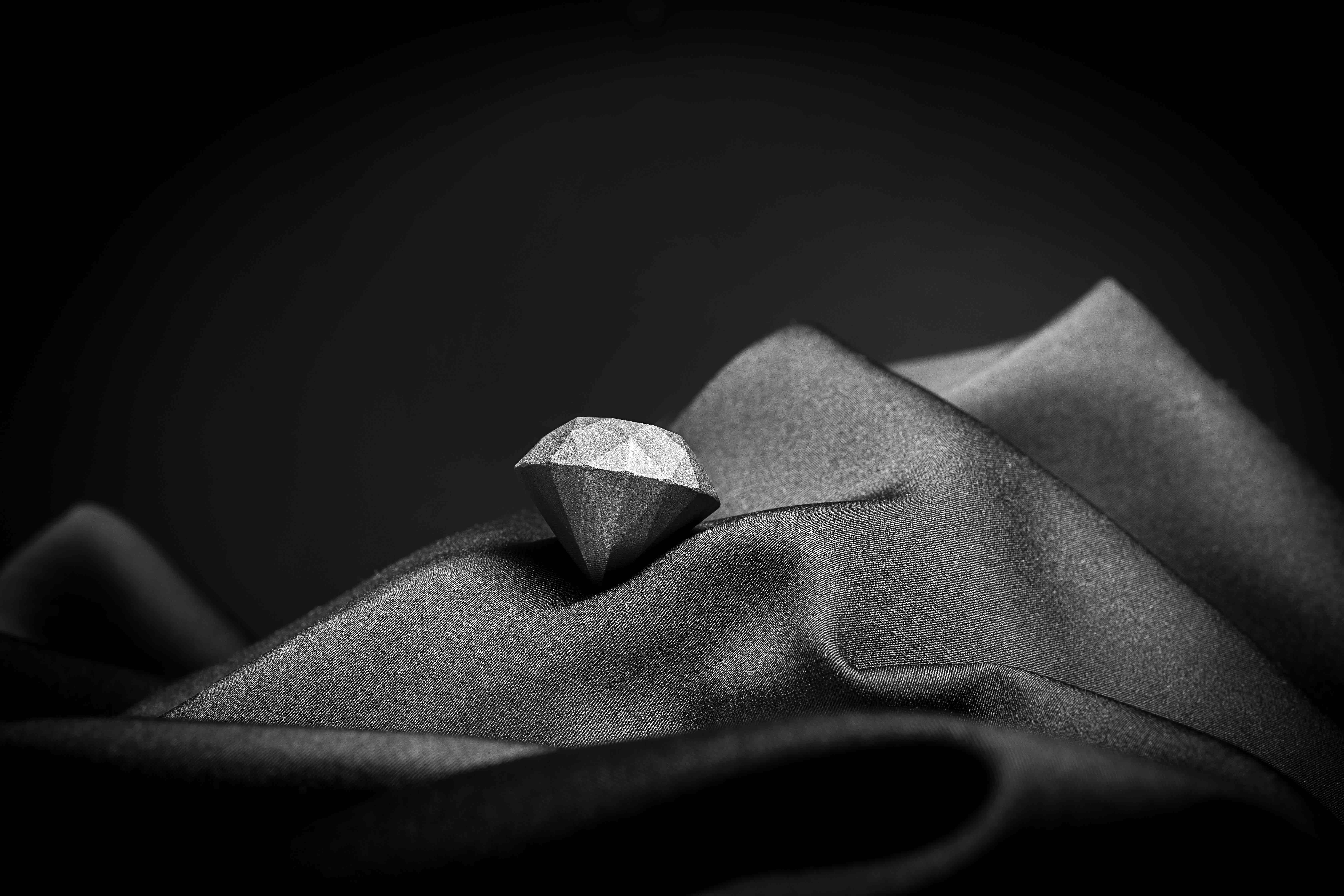
Synthetic diamond, which is 58 times harder than anything else in nature, is a key component in a range of machining, drilling and machining tools.
But whilst it’s been possible to produce the industrial diamonds since the 1950s, it has been impossible to form anything other than a few simple geometric shapes from the super hard material.
The new process, which enables diamonds to be produced in highly complex shapes, could potentially revolutionise the way industry uses the material.
Unlike natural or existing synthetic diamonds, the material produced using Sandvik’s process is a composite. Most of the material is diamond, but to make it printable and dense it needs to be cemented in a very hard matrix material, keeping the most important physical properties of pure diamond.
Mikael Schuisky, head of R&D and Operations at Sandvik Additive Manufacturing explained that the process prints a slurry consisting of diamond powder and polymer using stereolithography, where complex parts are produced, layer by layer, using ultraviolet light.
This is followed by a proprietary post-processing method, optimised to produce the the exact properties of a dense super-hard diamond composite.
According to Sandvik, tests on the resulting material have shown it to have extremely high hardness, exceptional heat conductivity, while also possessing low density, very good thermal expansion and excellent corrosion resistance.
“Even now we are just starting to grasp the possibilities and applications that this breakthrough could have," said Anders Ohlsson, delivery manager at Sandvik Additive Manufacturing. “On seeing its potential, we began to wonder what else would be possible from 3D-printing complex shapes in a material that is three times stiffer than steel, with heat conductivity higher than copper, the thermal expansion close to Invar – and with a density close to aluminium. These benefits make us believe that you will see this diamond composite in new advanced industrial applications ranging from wear parts to space programs, in just a few years from now.”
“Sandvik’s 3D printed diamond composite is a true innovation. It means that we can begin to use diamond in applications and shapes never conceived possible before,” added Susanne Norgren, Adjunct Professor in Applied Materials Science at Uppsala University.
The diamond composite will be unveiled at the RAPID + TCT show in Detroit May 21 -23.




IEA report claims batteries are ‘changing the game’
Oh I don't know. The typical waiting time outside of A&E for admitting patients would give them plenty of time to recharge … ?